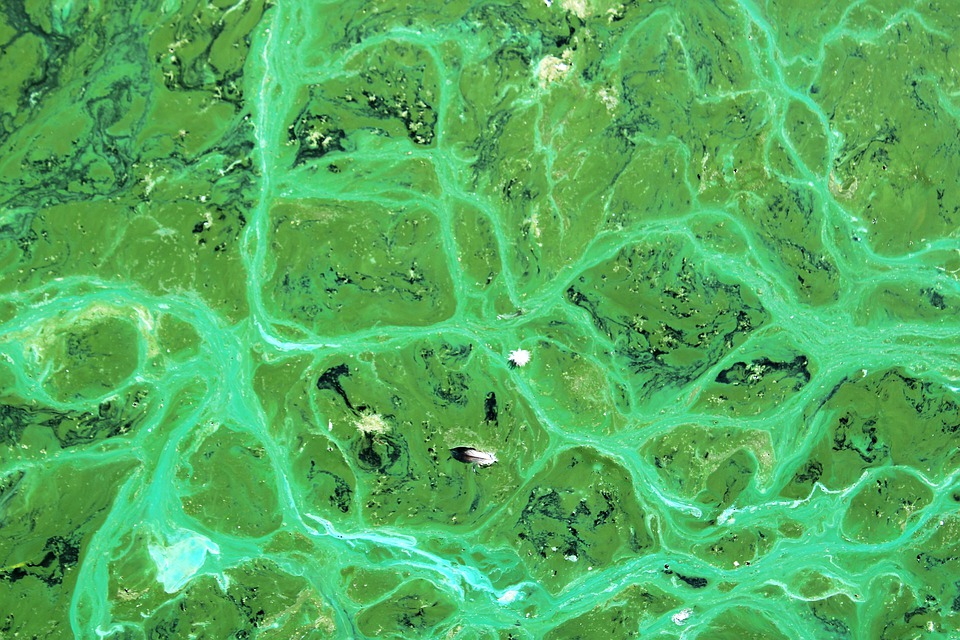
By Taylor Schaefer, Staff Writer for Save The Water™ | December 14, 2015
Unusually warm ocean waters triggered a massive harmful algal bloom (HAB), or “Red Tide,” along the U.S. West Coast in 2015. This outbreak released dangerous levels of domoic acid, forcing the closure of much of California’s crab fisheries.
Raphael M. Kudela, Ph.D., a phytoplankton expert at UC Santa Cruz, stated: “This year’s bloom was incredibly toxic and is the largest we’ve ever seen on the West Coast.”
California isn’t alone. Globally, harmful algae events have surged in frequency, scale, and toxicity over the past several decades .
This particular outbreak was amplified by El Niño conditions, but human activities also play a major role. Pollutants such as sewage, pesticides, and fertilizers enrich coastal waters, creating the perfect breeding ground for HABs .
At low levels, algal toxins cause minimal impact. But once concentrations climb and fish, shellfish, and plankton ingest them, the toxins accumulate in tissues and spread through the food chain .
Shellfish contaminated with domoic acid appear normal, but when consumed, the toxin travels directly to the human brain, disrupting nerve signal transmission . Stored in crab fat tissue, the toxin passes into crab meat, making it highly dangerous to consumers.
The World Health Organization estimates 50,000–500,000 poisoning cases annually from algal toxins . Effects on marine mammals and birds can be even more severe, leading to mass die-offs.
Scientists are testing several approaches:
Each method presents regulatory, ecological, and funding challenges, making prevention more practical than large-scale mitigation.
The “red tide” problem will persist as natural drivers like El Niño combine with human-caused pollution. However, reducing chemical runoff and nutrient overloads can lessen HAB frequency and severity.
Save the Water™ conducts research to identify and remove harmful pollutants, with the goal of improving water quality and protecting human and ecosystem health. Through advanced testing, public education, and innovation, STW™ is helping communities tackle challenges like HABs and secure safe, sustainable water sources for future generations.